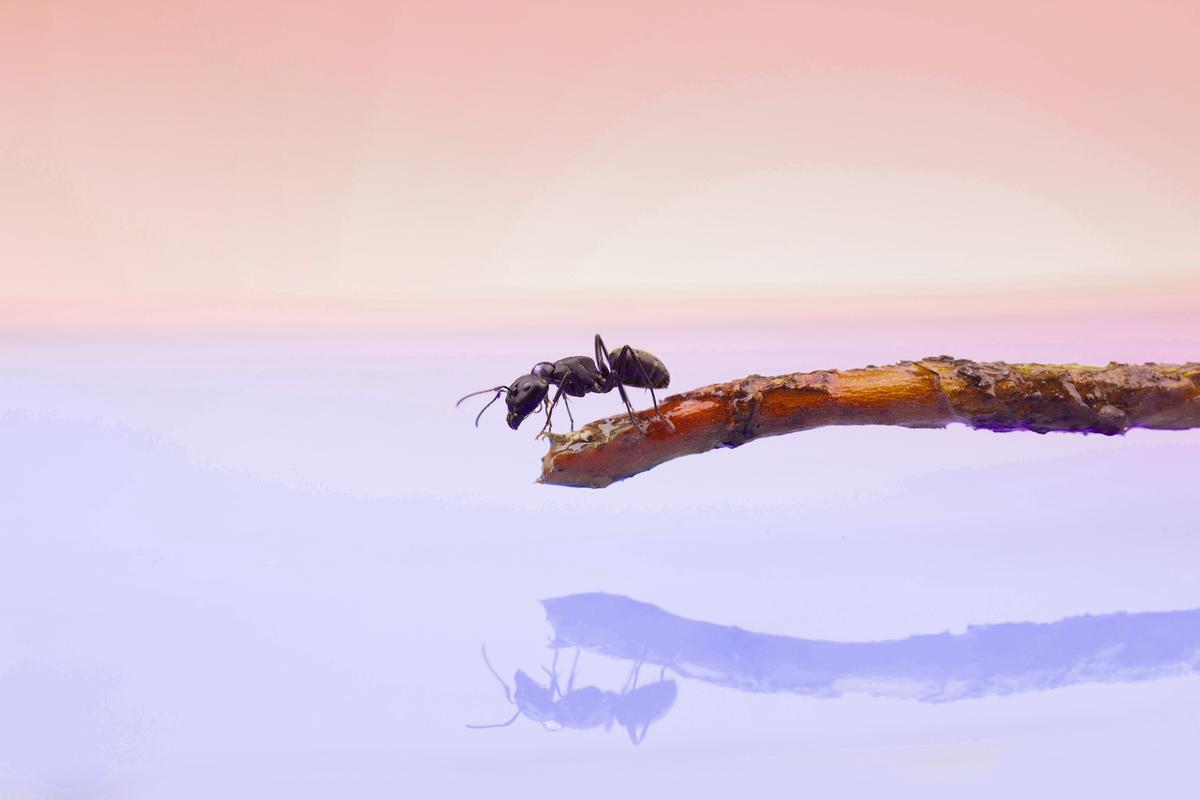
"You notice an ant struggling in a puddle of water. Their legs thrash as they fight to stay afloat. You could walk past, or you could take a moment to tip a leaf or a twig into the puddle, giving them a chance to climb out. The choice may feel trivial. And yet this small encounter, which resembles the 'drowning child' case from Peter Singer's essay 'Famine, Affluence, and Morality' (1972), raises big questions."
"Historically, people have had very different views about such questions. Exclusionary views - dominant in much of 20th-century Western science - err on the side of denying animals sentience and moral status. On this view, only mammals, birds and other animals with strong similarities to humans merit moral concern. Attributions of sentience and moral status require strong evidence. Human exceptionalist perspectives reinforced this view as well, holding that other animals were created for human use."
A person encountering an ant in a puddle faces a moral choice analogous to a drowning-child thought experiment: intervene with little cost or walk away. Two broad historical perspectives exist: exclusionary views, prevalent in much of 20th-century Western science, deny sentience and moral status to many animals and prioritize strong evidence, often coupled with human exceptionalism; inclusive views, common in various Eastern and Indigenous traditions, extend reverence and moral concern widely, sometimes to insects. Both approaches carry risks: exclusion risks neglecting sentient beings, while inclusion risks misallocating scarce resources when making population-level decisions.
Read at Aeon
Unable to calculate read time
Collection
[
|
...
]